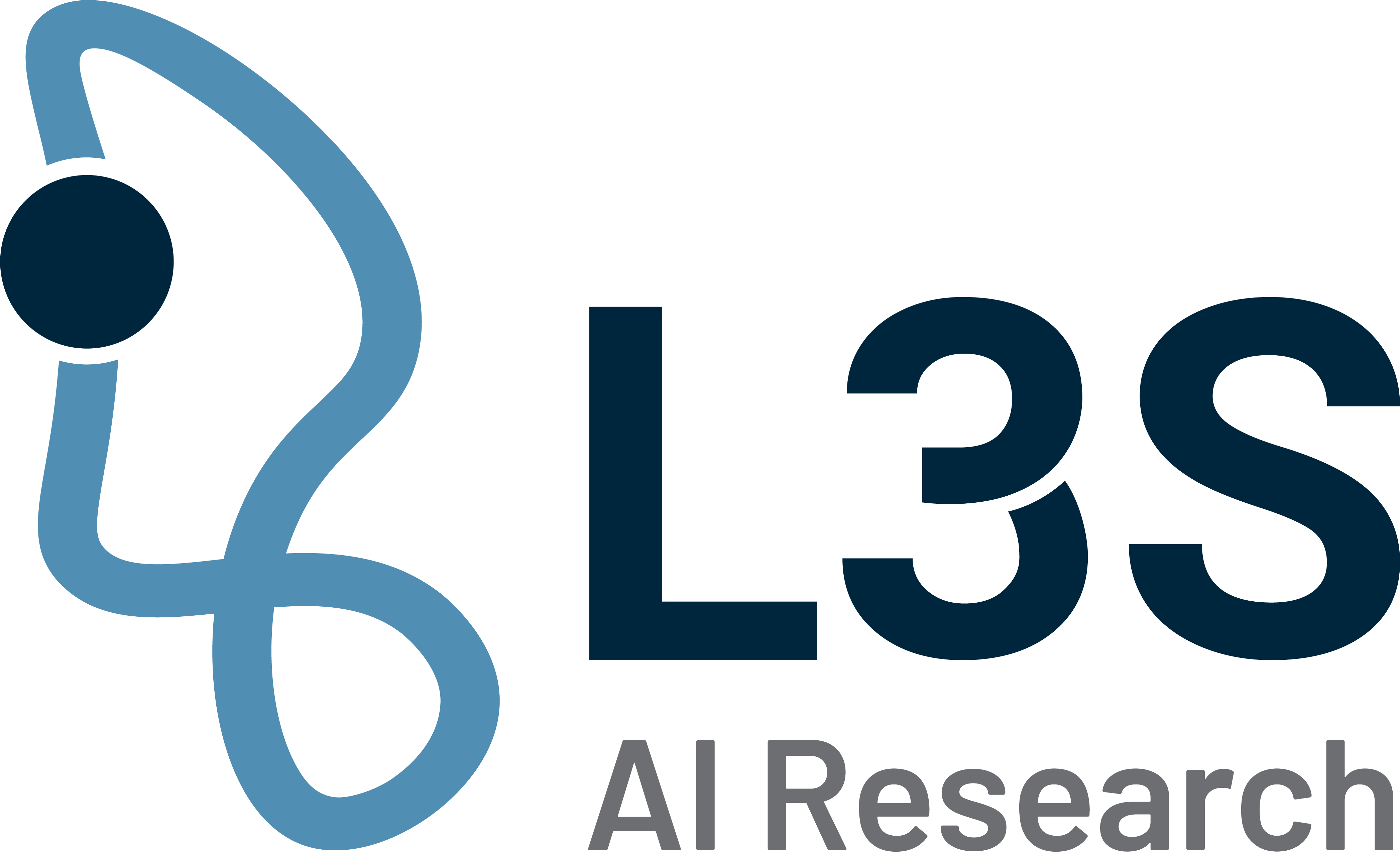Foto: ©Christian Horz – stock.adobe.com
Long-term partners: L3S and Hensoldt Analytics
Perception and Reality
Ensuring the safety of its citizens is one of the essential tasks of the European Union. For this reason, the EU Commission supports research and innovation projects that aim to help identify and minimize risks at an early stage. The L3S is involved in several such projects, for example as coordinator of the Horizon 2020 project MIRROR (Migration-Related Risks Caused by Misconceptions of Opportunities and Requirement). The partners involved want to find out how potential immigrants perceive Europe and uncover discrepancies between expectation and reality.
One of the project partners is Hensoldt Analytics GmbH. The company, based in Vienna and Taufkirchen, is a leading global provider of automatic speech recognition (ASR) and natural language processing (NLP) technologies. Hensoldt Analytics develops technologies, models and solutions for evaluating traditional and social media content from a variety of different sources. “As a European company, it has always been important for us to offer multilingual technologies and models – even in less common languages and dialects,” says Dr. Gerhard Backfried, Chief Scientific Officer at Hensoldt Analytics. Especially in security-related areas, one of the company’s main focuses, communication in different languages is crucial – whether to increase situational awareness, support disaster management or counter misinformation and disinformation.
In MIRROR, Backfried and his group used a media mining system as a data backend and basis for various NLP technologies. The team collected content from traditional and social sources, enriched it, and made it available to other project partners via an application programming interface (API). The project uses technologies for automatic recognition of languages, proper names and sentiments (sentiment analysis) as well as pseudonymization. Some technologies have been explicitly adapted by the Hensoldt team to the domain “migration” in order to process relevant content efficiently. Other components, such as anomaly detection in media content, were developed entirely within MIRROR.
Close cooperation with the L3S and the other project partners enabled Hensoldt to make significant technological progress, especially in the detection of migration-relevant semantic terms and automated content (bots). In addition, thanks to the cooperation with the L3S, the group was able to systematically analyze distortions and misinformation in EU-related news from foreign media.
Hensoldt Analytics looks back on many years of cooperation with the L3S: starting in 2010, they worked together as partners in the EU project MECO to investigate the applicability of media analysis in the early detection of infectious disease outbreaks – at that time EHEC. Currently, in addition to MIRROR, the two are also collaborating on the Horizon 2020 project CRiTERIA, which focuses on potential risks associated with migration movements.
Hensoldt Analytics has expanded its own expertise and gained know-how through these collaborations. Through joint publications and lectures, the company has been able to gain visibility in terms of content and science. And the results of the collaboration and applied research with the L3S have flowed directly into innovative products and services.
“Especially in these times, it is important for Europe to focus on its own technologies and technology sovereignty. Collaboration between scientific institutions and commercial partners in national and international research projects is an essential building block for future developments and market leadership,” Backfried says.
Featured Projects

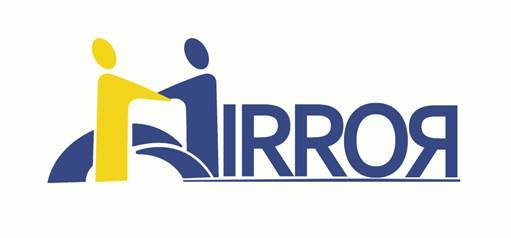
Contact
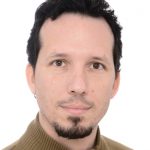
Dr. Erick Elejalde
Erick Elejalde conducts research at the L3S and leads the MIRROR and CRiTERIA projects. His research interests include Computational social science, modeling of online media behavior and social networks.
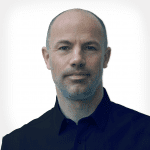
Dr. Gerhard Backfried
Gerhard Backfried is a computer scientist and one of the founders of Hensoldt Analytics. As Chief Scientific Officer (CSO), he focuses on the combination of traditional and social media in the context of disaster communications.

